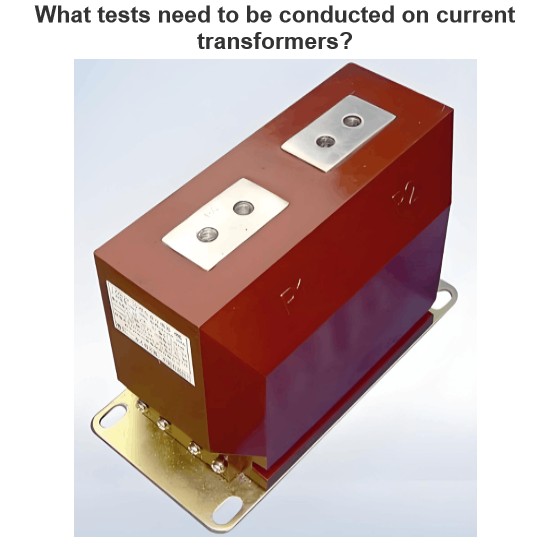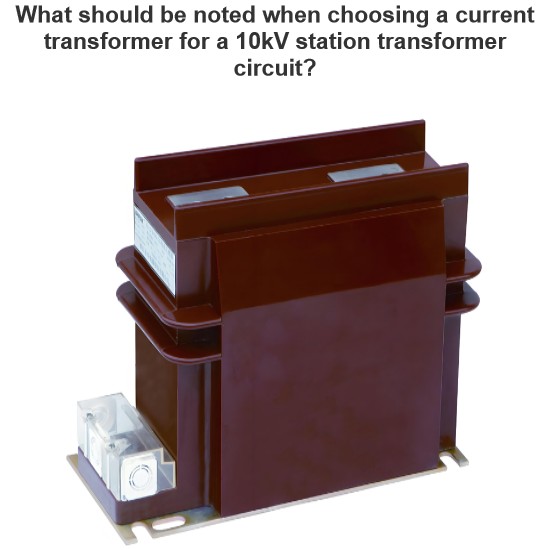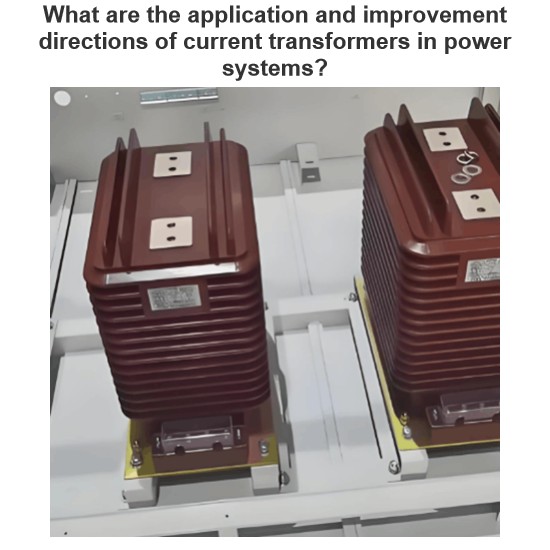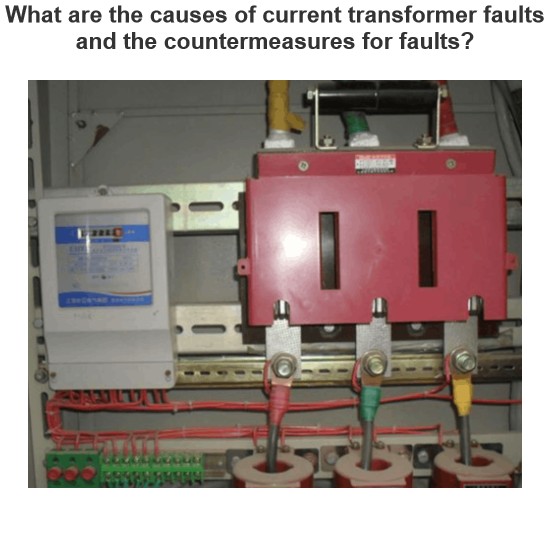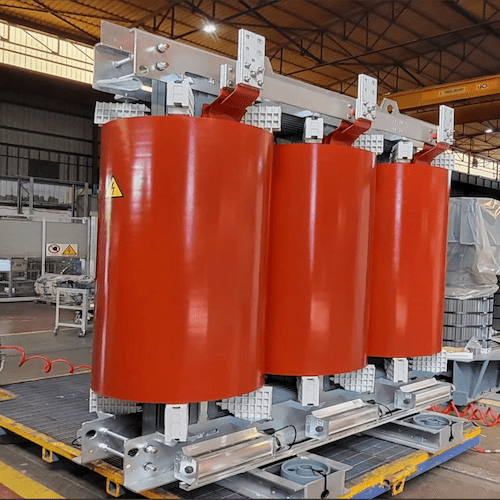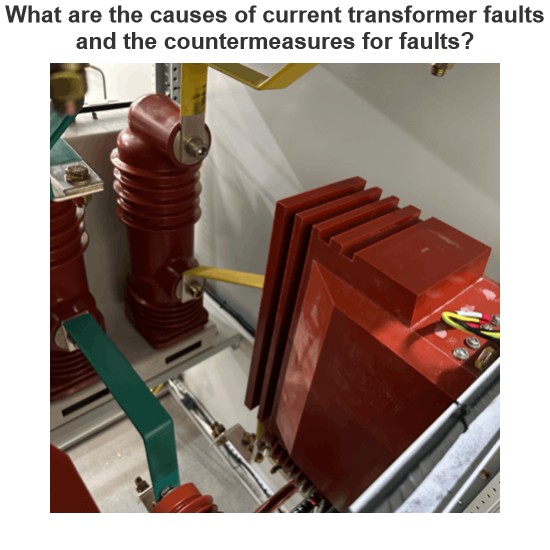| Brand | ROCKWILL |
| Model NO. | Photovoltaic power generation inverter isolation transformer |
| Rated frequency | 50/60Hz |
| Rated capacity | 250kVA |
| Series | SGG |
Product Overview:
Photovoltaic power generation inverter isolation transformer is a technology that directly converts light energy into electrical energy by using the photogenerated volt effect at the semiconductor interface. The key element of this technology is the solar cell. Solar cells can be encapsulated and protected in series to form large-area solar cell modules. Combined with the power controller and other components, a photovoltaic power generation device is formed.
Photovoltaic transformers are generally used for solar inverters. Because the photovoltaic transformer itself has low photoelectric efficiency. Therefore, the high efficiency of the transformer is especially required.
Grid-side wiring of photovoltaic grid-connected inverter isolation transformer. Dyn11. YD5. Phase shift 120 degrees. The PV isolation transformer can be set to work during the day. Stop at night to reduce no-load loss of electrical energy.Three-phase photovoltaic transformer parameters for reference.
Key Features:
Technical data:
Conditions of Use. Working environment temperature: 15~+50℃
Operating ambient temperature:20—90%RH
Atmospheric pressure in the working environment:860 hpa---1060 hpa
Storage/transport temperature. 20℃-- +55℃
Main technical features:AA
Rated capacity:5KVA—1000KVA
Input Voltage: Rated voltage 270V or 315V
Input current by actual voltage
Output voltage: Rated voltage: 380V or 400V
The output current is based on the actual voltage
Connection mode :dyn11
Efficiency: ≤98.5%
Frequency: 50HZ/60HZ
Insulation resistance :25A less than 500MΩ
Induction withstand voltage: 125HZ/800y/60
Insulation Chip Class: H (Temperature Resistance 180 °C)
Noise :≤30dB)
Temperature rise :≤ allows for a temperature rise of 115k
Impedance Voltage Drop: ≤4%
Structure: Forced air cooling, waiting for the temperature controller, according to customer requirements, reach a certain temperature, the fan will be automatically opened.
Degree of protection :IP00
Anti-interference mode: copper foil isolation shielding grounding:
Waveform Distortion :No additional waveform distortion.
Electrical strength: Power frequency sinusoidal voltage 3000V, which lasts for one minute, without breakdown and flashover
Insulation resistance (input and output to ground) Test voltage at least 1000V DC insulation resistance greater than 1000 Overload capacity Twice the rated current for one minute..

